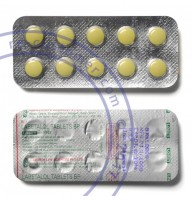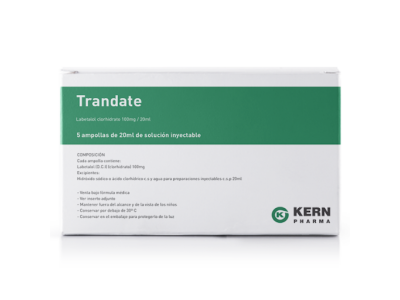Labetalol typically begins to lower blood pressure within 1 to 2 hours after oral administration. The onset of action can vary slightly among individuals depending on factors such as the specific formulation of the medication, the dosage, and the individual's metabolism.
After ingestion, Labetalol is absorbed from the gastrointestinal tract into the bloodstream. It works by blocking the effects of certain natural substances in the body, such as epinephrine, on the heart and blood vessels. By reducing heart rate and relaxing blood vessels, Labetalol helps to lower blood pressure, improve blood flow, and decrease resistance in the arteries.
In acute situations, such as hypertensive emergencies, healthcare providers may monitor blood pressure closely to assess the effectiveness of Labetalol and adjust the dosage as needed to achieve optimal control. For chronic management of hypertension, regular dosing and adherence to the prescribed regimen are crucial to maintain consistent blood pressure control over time.
Patients taking Labetalol should follow their healthcare provider's instructions carefully and not adjust the dosage without medical guidance. If there are concerns about the effectiveness of Labetalol or if side effects occur, it is important to communicate these to a healthcare provider promptly. Adjustments to the medication regimen may be necessary to achieve and maintain optimal blood pressure management.

